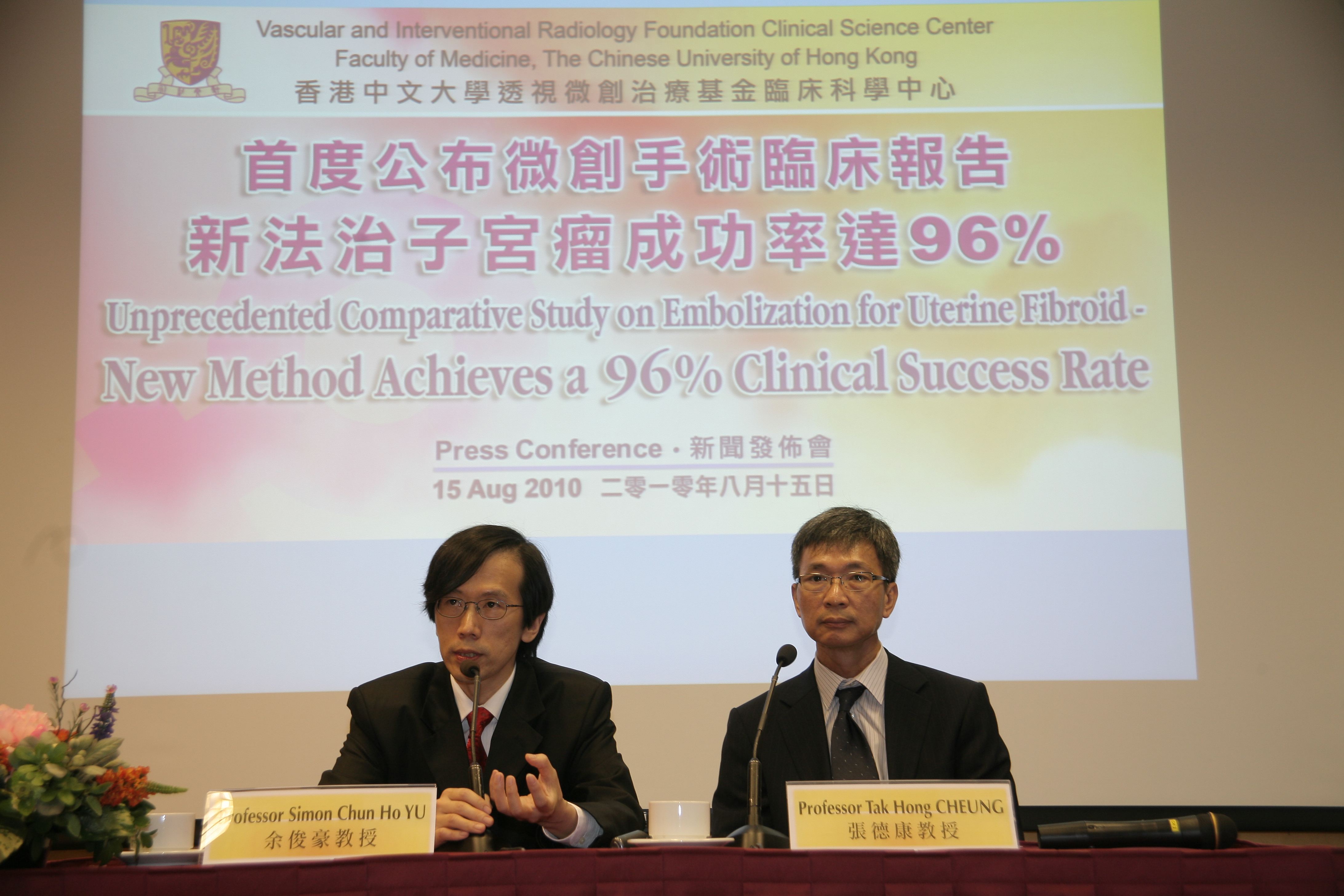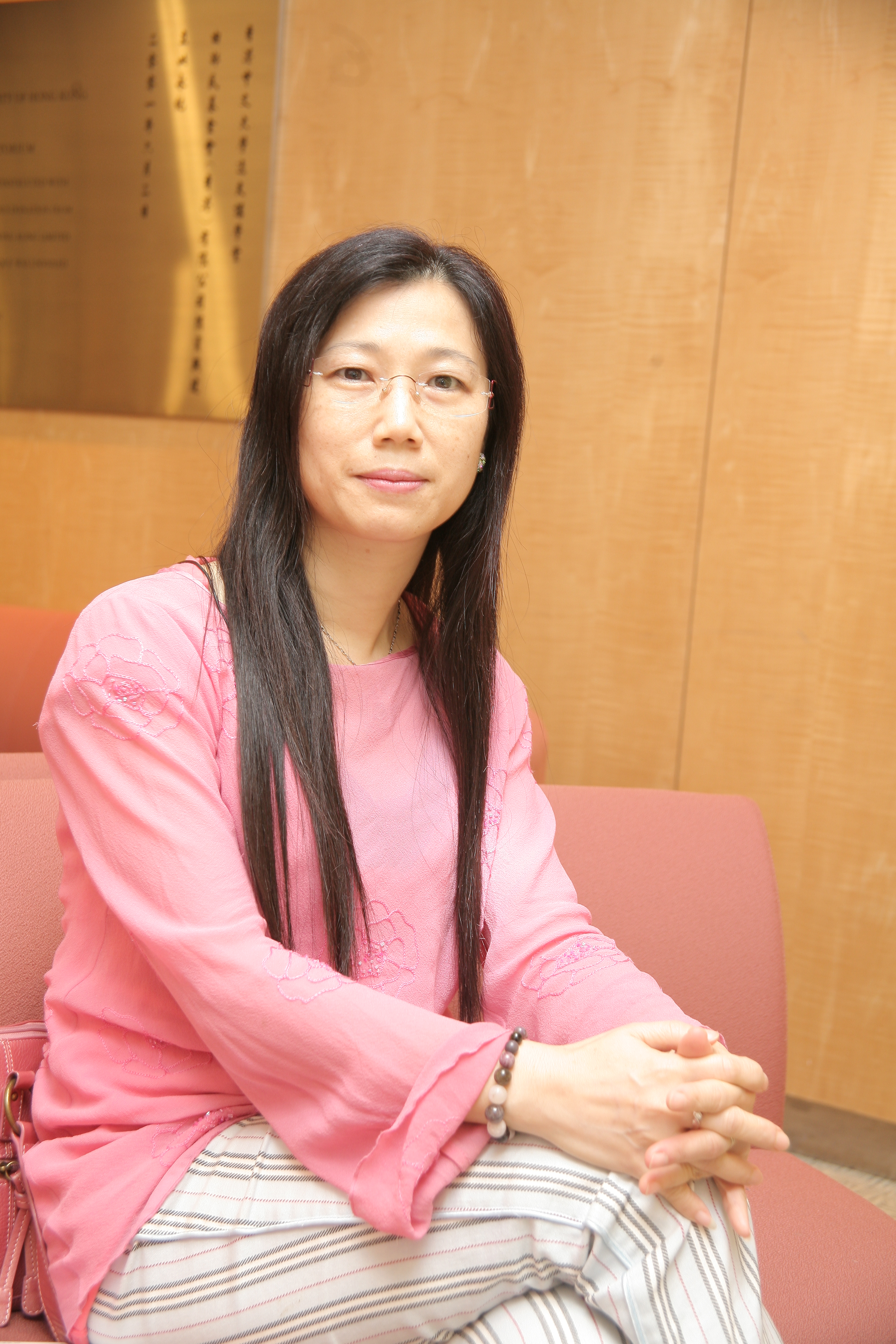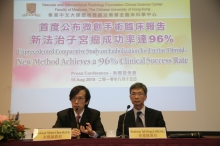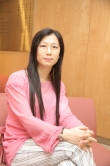CUHK
News Centre
Unprecedented Comparative Study on Embolization for Uterine Fibroid – New Method Achieves a 96% Clinical Success Rate
Uterine fibroid is the commonest benign tumor in women, about 20% to 40% of ladies will have this disease before their mid-forties. Although uterine fibroid is not cancer, it may cause considerable symptoms. The commonest symptom is menorrhagia, which often results in iron-deficiency anemia. Other symptoms include dysmenorrhoea, pelvic pain or distension, and urinary urgency and frequency. Usual treatment options include hormonal therapy and surgery such as hysterectomy and myomectomy. Hormonal therapy usually does not have a sustainable effect and it may not be well tolerated. Surgery carries a 20% risk of significant complications. The risk of fibroid recurrence ranges from 27% to 51% following myomectomy.
Uterine fibroid embolization (UFE) is a non-surgical treatment option for uterine fibroid in the West. The procedure involves placement of a microcatheter into uterine arteries through a minute groin wound under local anesthesia, and delivery of microspheres such as Polyvinyl Alcohol (PVA) microsphere through the microcatheter to block the vessels of uterine fibroid, thereby depriving the fibroid from blood supply, causing tissue death and shrinkage of the fibroid, without a need for surgical removal. The treatment can shrink the tumor by as much as 60% by volume, and relieve the symptoms in 70% to 80% of patients. The treatment is only recommended to ladies who have no wish for future pregnancy. Adverse effects include pain and fever. Because the treatment is largely unknown to Hong Kong people, the great majority of patients with uterine fibroid are treated with surgical options.
In fact the treatment outcome of UFE can be further improved. According to the study conducted by Professor Simon Yu, Department of Imaging and Interventional Radiology of The Chinese University of Hong Kong (CUHK), it is shown that by using Trisacryl (TA) microsphere instead of the conventional Polyvinyl Alcohol (PVA) microsphere for the procedure of UFE, the treatment success rate of UFE can be increased from 69% to 96%. This study was presented in the 95th Annual Meeting of the Radiological Society of North America in December 2009.
Apart from UFE, there is another non-surgical treatment option for uterine fibroids, known as High-Intensity-Focused-Ultrasound (HIFU). The treatment involves focusing an intense beam of ultrasound energy from outside the body onto the uterine fibroid, without creating any wound in the patient’s body, to burn the tumor and achieve tumor death. A clinical trial is being conducted at the Vascular and Interventional Radiology Foundation Clinical Science Centre of CUHK to compare the treatment effects of UFE and HIFU for uterine fibroids. The Centre will recruit 150 suitable subjects to take part in this free clinical trial. Interested parties may refer to Appendix 1 for the details.
Appendix 1
The Vascular and Interventional Radiology Foundation Clinical Science Centre
The Chinese University of Hong Kong
A Clinical Trial to Compare the Treatment Effects of UFE and HIFU for Uterine Fibroids
The trial shall recruit 150 patients with uterine fibroid.
Inclusive criteria include:
1. Female below 59 years old
2. Fibroid size < 12 centimetres
3. No wish for future pregnancy
4. No other uterine or ovarian disease
The participants shall be randomized into two groups, patients in each of the two groups shall receive one of the two treatments:
1. Uterine fibroid embolization, or
2. High-intensity-focused-ultrasound
Those who are interested in participating in the study are welcome to call Miss Hui (2632 3210) or Miss Lee (2632 2046) for enquiry during office hours.
(From left) Professor Simon Chun Ho YU, Director, Vascular and Interventional Radiology Foundation Clinical Science Centre, CUHK and Dr Tak Hong CHEUNG, Clinical Associate Professor (honorary), Department of Obstetrics and Gynaecology, CUHK





